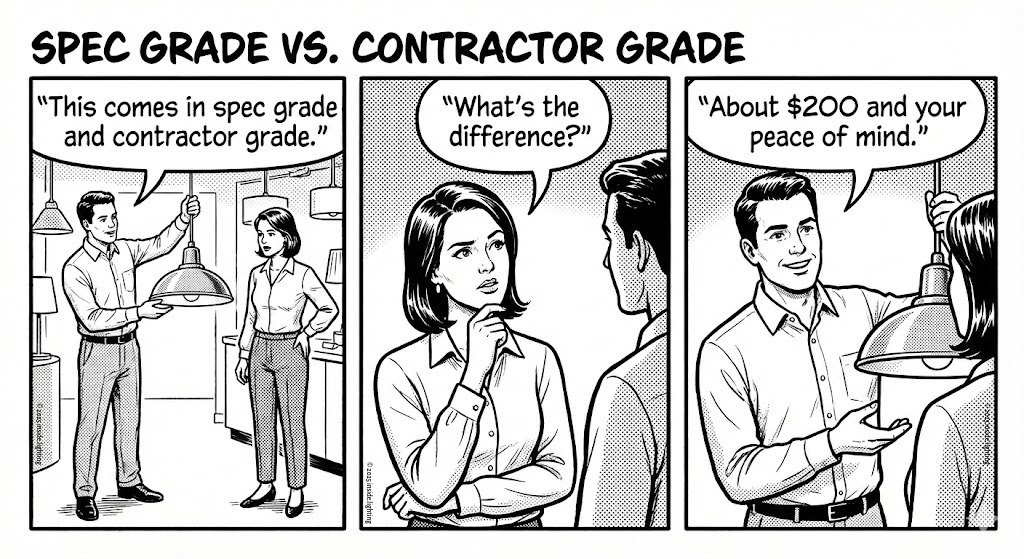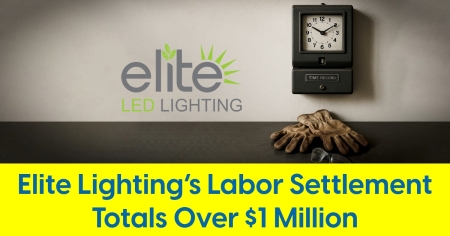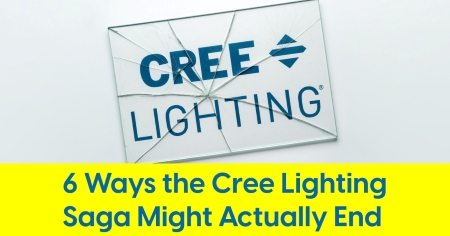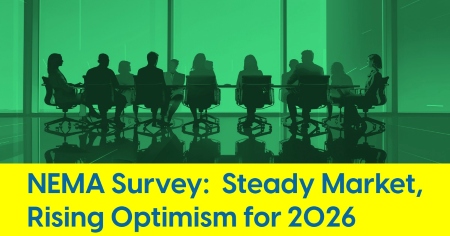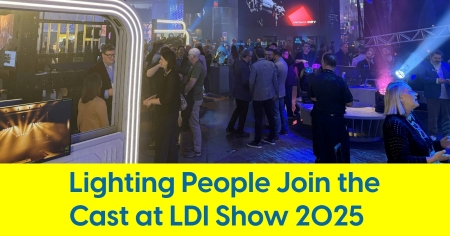May 14, 2025
LightFair & LEDucation Poised for Tight 2027, 2029 Timeline

2027: Just 19 days between the two lighting events. An even tighter squeeze may follow in 2029.
The lighting industry used to have a rhythm. LEDucation in March. Light + Building in March of even years. LightFair in May-ish. But in 2027, that rhythm falters — and something closer to a collision is now on the horizon.
LightFair, now on a biennial schedule, returns to Las Vegas March 16–18, 2027, possibly its earliest date in show history. Less than three weeks later, LEDucation kicks off in New York on April 6–7. For the first time ever, North America’s two most historically influential lighting events will share the same season, the same audience, and a coast-to-coast turnaround that’s quicker than the lead time for many architectural LED linear runs.
19 days. That’s the gap between LightFair and LEDucation in 2027. It's less than an Amazon return window. You could start a free streaming trial, binge half a season, forget about it, remember again, and still finish it after LEDucation. A pre-LightFair haircut might still hold shape by the time you arrive at LEDucation. And, depending on your freezer habits, the leftovers you didn’t eat before LightFair might still be edible when you get back from LEDucation.
Call it overlap. Call it friction. Call it what it is: a calendar squeeze with real implications.
LightFair and LEDucation 2027: Only 19 Days Apart
LightFair’s Reset, and Its New Cadence
The shift to a biennial model was LightFair’s most consequential change in decades. After a few years of declining attendance, pandemic-era uncertainty, and shifting industry expectations, 2024 marked the first planned “off year” in the show’s history. From now on, LightFair is an odd-years-only affair — 2025, 2027, 2029.
The logic was sound: give exhibitors a breather, offer attendees a reason to return, and re-center the U.S. lighting calendar around one major event every other year.
In parallel, Messe Frankfurt appears to be pursuing a deliberate global rhythm: Light + Building in Frankfurt every March of even years, and LightFair in the U.S. every March of odd years. It’s a clean, alternating cadence — one that seems to make sense for Messe Frankfurt staff. But with LEDucation gaining continuous momentum and possibly sticking to March, that tidy sequence may face a real test.
LEDucation’s Rise — and Reluctance for Early March
LEDucation, which has grown from a niche tabletop gathering into what is now seemingly the most attended lighting event in North America, has reliably held its place in March. Ever since a March 5 snowstorm dampened turnout in 2015, organizers have strategically avoided the first week of the month — a move that’s spared them from late-winter weather, even if it causes an occasional overlap with St. Patrick’s Day revelry.
In 2026 and 2027, LEDucation will temporarily shift to April dates due to venue availability — April 14–15 and April 6–7, respectively. But 2028 marks a return to mid-March. And 2029? That’s where things could get thorny.
NOTE: Although Messe Frankfurt did not provide LightFair 2027 or 2029 scheduling details in response to our request, Inside Lighting verified the dates and locations through alternate sources.
2029: A Holy Calendar Headache
LightFair is scheduled for March 13–15, 2029, in Philadelphia. LEDucation hasn’t announced its 2029 date yet — but the available real estate on the calendar is rapidly shrinking.
That year, Passover begins March 30 and ends April 7. Easter falls on April 1. Additionally, the entire first week of April is a popular school vacation week that the show usually avoids. That makes the last week of March and the first week of April unlikely choices for a major industry gathering, especially one that relies on broad attendance from across North America — and beyond.
Which leaves LEDucation with few realistic options in 2029 including:
- The same week as LightFair (March 13-14)
- The week after LightFair (March 20-21)
A back-to-back calendar would be grueling. A same-week scenario could be chaotic. And for attendees, many of whom serve overlapping professional roles as designers, specifiers, engineers, and educators, it would almost certainly force a choice.
The two venues — Philadelphia and Midtown Manhattan — are only about 100 miles apart, making a double-header technically feasible. Would exhibitors really consider showing at both events? Would lighting people really want to go to both events? Back-to-back hotel nights, double travel logistics, and navigating two lighting trade shows in a single week might test even the most committed lighting people.
Shared Silence, Quiet Stakes
In all of our dealings with event owners and organizers neither LightFair nor LEDucation have ever expressed any tension with the other. The tone remains respectful, even collaborative at times. Messe Frankfurt, LightFair’s part-owner and global trade show heavyweight, has been focused on long-term rebuilding. LEDucation’s all-volunteer team continues to fine-tune its show for efficiency, ROI, and intimacy.
But make no mistake: the 2027 tight calendar is a first. And the 2029 scenario, if not carefully navigated, could escalate to outright calendar conflict.
Two major shows. Possibly consecutive weeks. Maybe the same exact week. Same industry. Same exhibitors. Same marketing budgets.
And not enough days on the calendar.
A Choice No One Wants to Make — But Might Have To
For now, it’s speculation. But in the trade show world, speculation hardens into planning fast. Booth commitments, product launches and marketing budgets are often locked in years in advance. And while it’s likely either show wouldn’t want a direct or close-proximity clash, the structure and limitations of the calendar may leave no alternative.
If LEDucation lands on March 20–21 in 2029, it will likely create the tightest major show scenario in U.S. lighting history. If it selects March 13–15, the exact same dates as LightFair, it will create something even more consequential: the first direct scheduling collision of two major North American lighting events.
That would be a test of brand loyalty. Of convenience. Of who delivers more value in a compressed, competitive space. And it would put attendees — and the companies they represent — in a very interesting spot.

